





Grafted Pulasan (Nephelium ramboutan-ake) Exotic fruit tree 24”-36”
$199.99 Original price was: $199.99.$139.99Current price is: $139.99.
Experience the Magic of Grafted Pulasan Trees in Your Garden
Imagine having a pulasan tree that not only adds lush beauty to your garden but also guarantees exceptional fruit quality and quicker yields. With grafted pulasan trees, you can turn this dream into a reality. Grafted pulasan trees combine the enchanting pulasan species with the precision of grafting techniques, offering you a tree that’s not just ornamental but also highly productive. In this online sale, we introduce you to the world of grafted pulasan trees, from planting and care to their remarkable characteristics and uses.
Out of stock
Planting Your Grafted Pulasan Tree
Planting a grafted pulasan tree is an exciting step toward a fruitful garden. Here’s how to get started:
1. **Choose an Ideal Location:** Select a sunny spot in your garden that receives at least 6 to 8 hours of direct sunlight each day. Grafted pulasan trees thrive in tropical and subtropical climates.
2. **Prepare the Soil:** Grafted pulasan trees prefer well-draining, slightly acidic to neutral soil. Incorporate organic matter like compost into the planting hole to enhance soil fertility.
3. **Planting:** Dig a hole that’s twice as wide as the root ball and at the same depth. Gently place the grafted tree in the hole and backfill with soil, ensuring it’s firmly packed.
4. **Watering:** Keep your grafted pulasan tree well-watered, especially during the first year after planting. Water deeply but avoid waterlogging.
5. **Mulching:** Apply a layer of mulch around the base of the tree to conserve moisture, suppress weeds, and maintain stable soil temperatures.
**Caring for Your Grafted Pulasan Tree**
Grafted pulasan trees require proper care to thrive and provide you with exquisite fruit. Here are some essential care tips:
1. **Fertilizing:** Feed your grafted pulasan tree with a balanced, slow-release fertilizer three times a year to encourage healthy growth and fruit production.
2. **Pruning:** Prune your tree periodically to remove dead or overcrowded branches, improve air circulation, and maintain an attractive shape.
3. **Pest Control:** Monitor your tree for common pests like aphids, mealybugs, and scale insects. Use organic or chemical treatments when necessary to protect your tree.
4. **Harvesting:** Pulasan fruit is typically ready for harvest when it changes from green to brown or reddish-brown. The fruit has sweet, juicy flesh that is a delicacy in many tropical regions.
**Unique Characteristics of Grafted Pulasan Trees**
1. **Improved Fruit Quality:** Grafted pulasan trees offer superior fruit quality, with consistent taste and texture. The grafting process ensures that you get the best from your tree.
2. **Quick Yield:** Grafted trees often produce fruit more rapidly than those grown from seeds. This means you can enjoy the delightful pulasan fruit sooner.
3. **Elegant Appearance:** Pulasan trees feature dark green, glossy leaves and an attractive, dense canopy. They make for stunning additions to your garden.
4. **Tropical Delight:** Pulasan fruit is a tropical delicacy known for its sweet, succulent flesh. It’s often enjoyed fresh or used in a variety of culinary creations.
**One Interesting Fact:** Pulasan is often called the “wild rambutan” due to its similar appearance and closely related nature. However, the taste of pulasan fruit is subtly different, with a slightly sweeter and creamier flavor.
In conclusion, grafted pulasan trees offer the perfect combination of beauty, reliability, and productivity for your garden. By following proper planting and care guidelines, you can enjoy a bountiful harvest of high-quality pulasan fruit. Don’t miss the opportunity to elevate your garden with a grafted pulasan tree and delight in its exquisite bounty for years to come!
| Weight | 15 oz |
|---|---|
| Dimensions | 22 × 4 × 4 in |
| Planting Bag + Soil |
Planting bag + Soil ,I have soil and container |

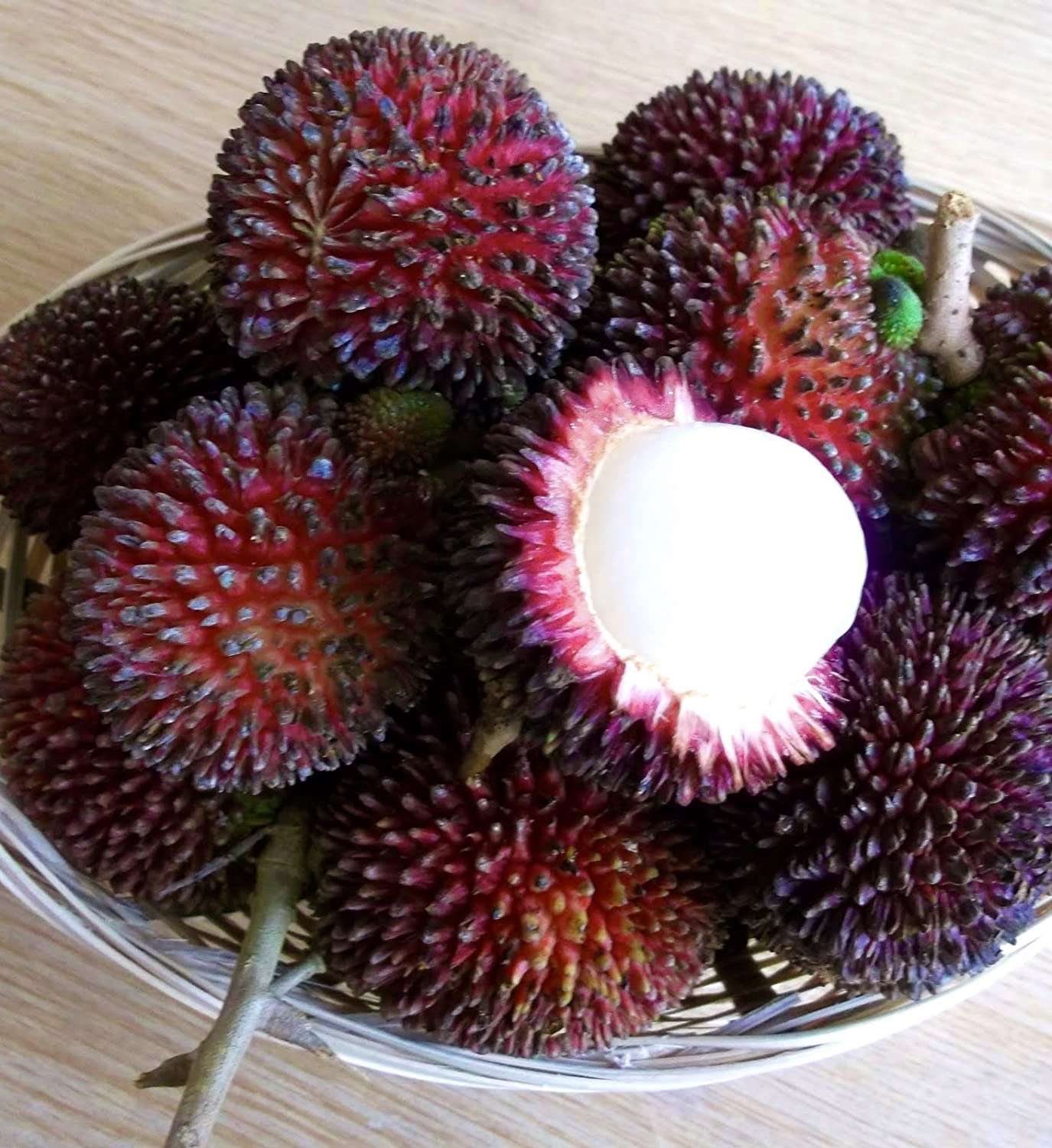
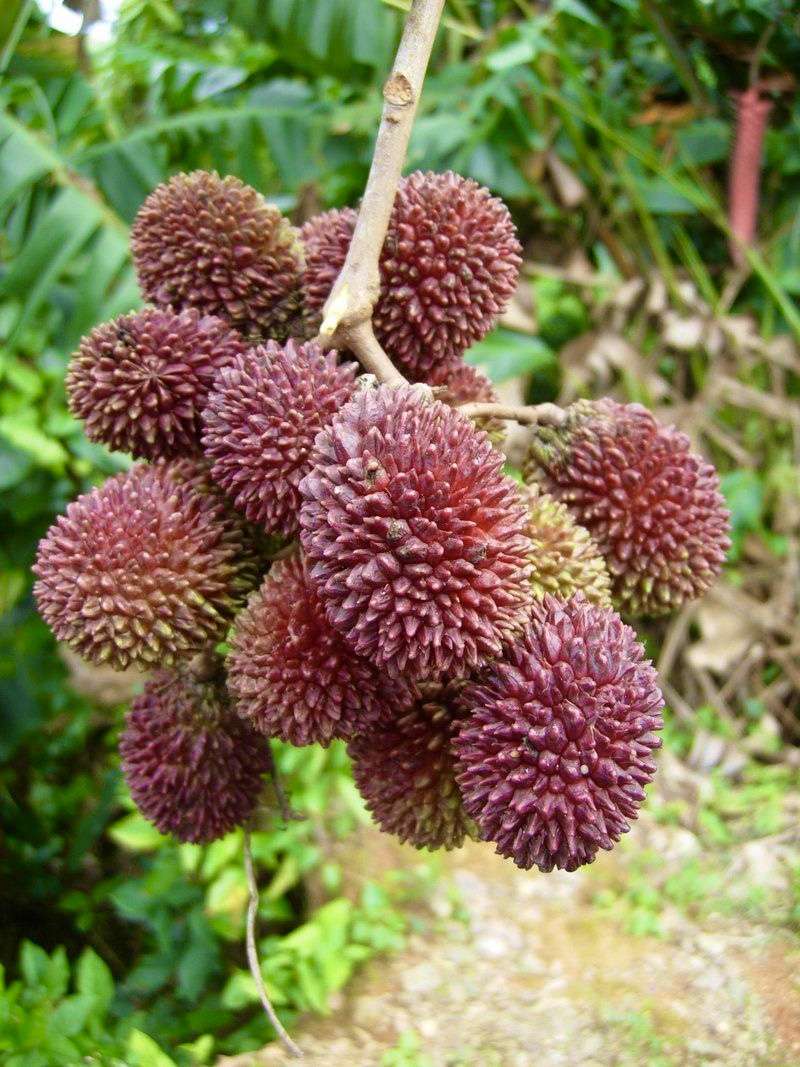
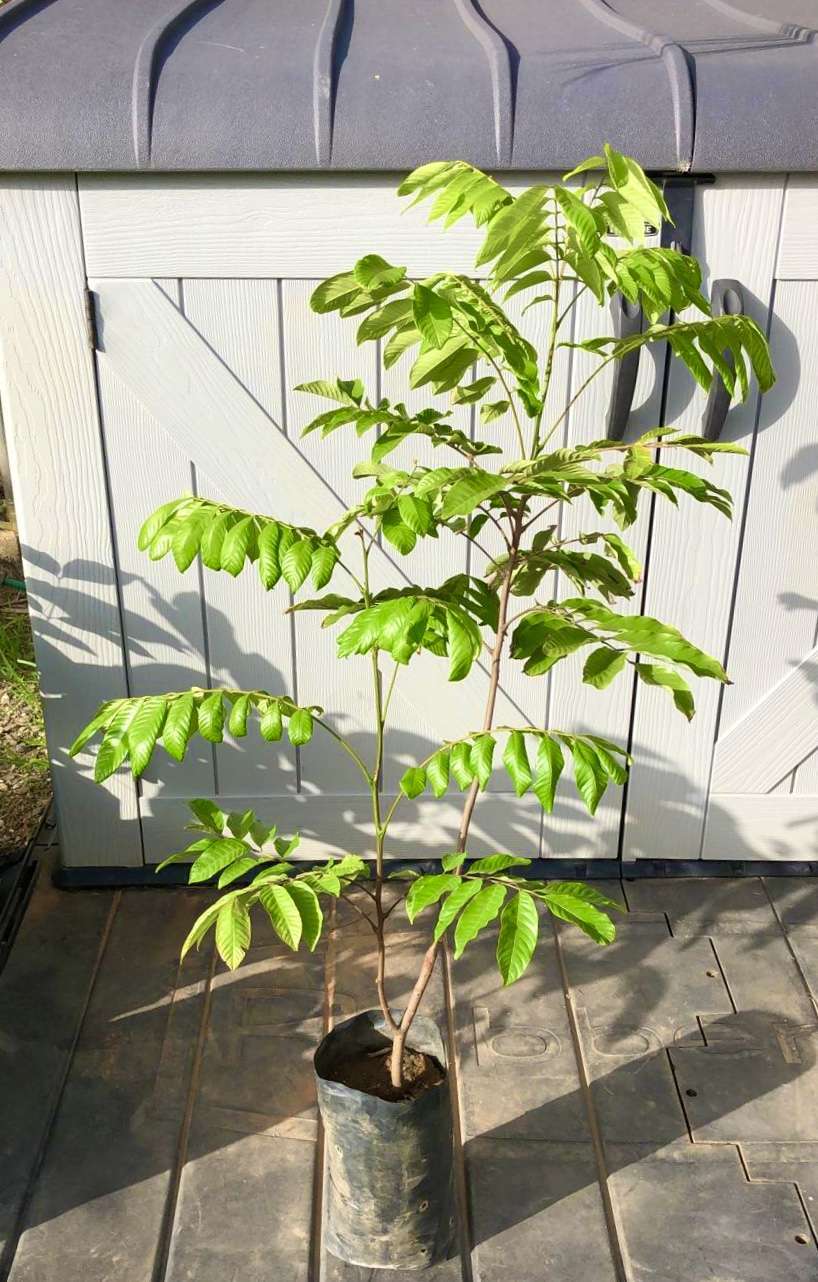
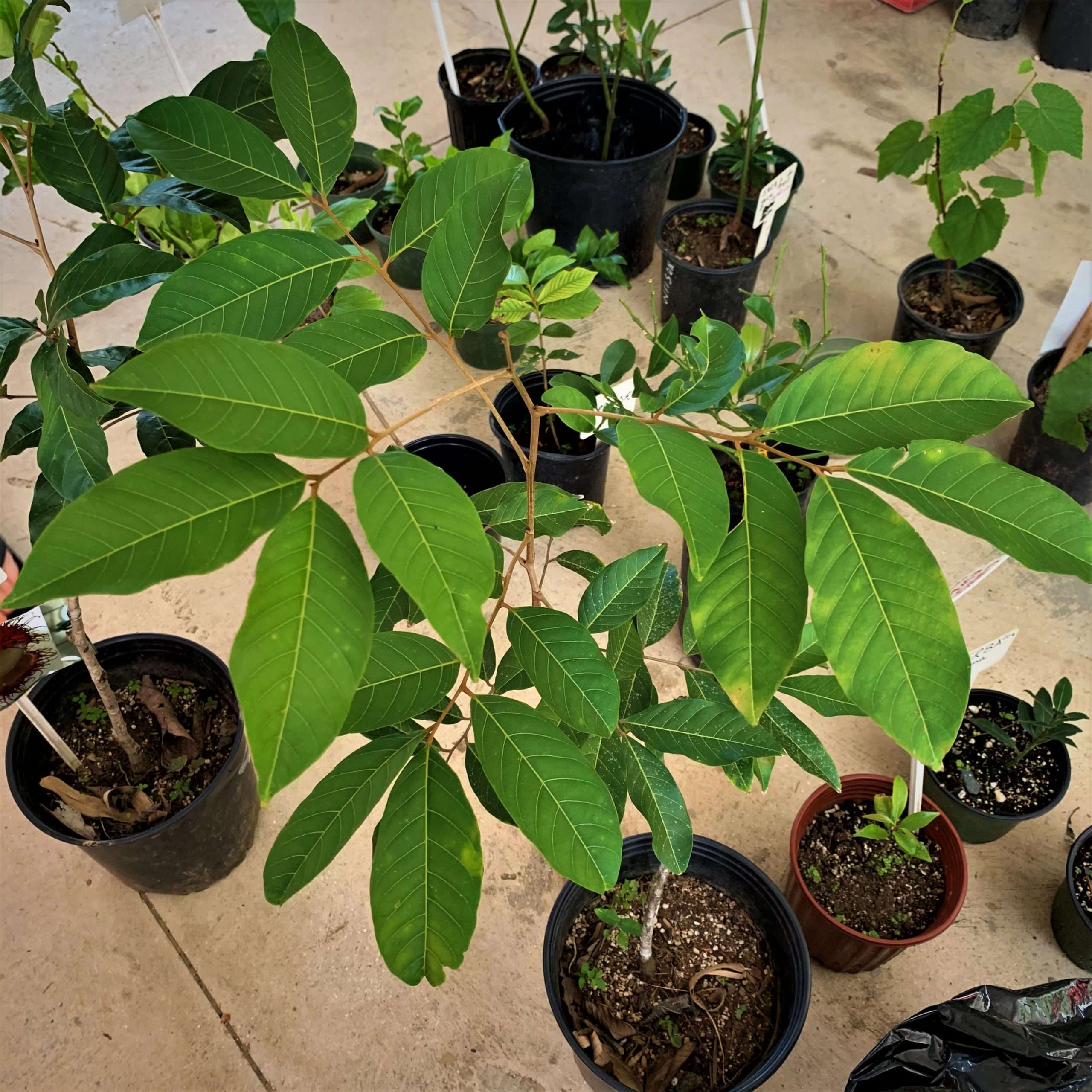
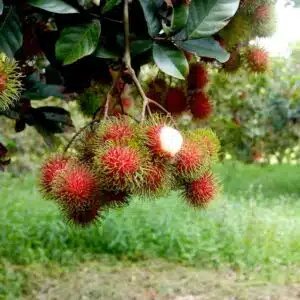
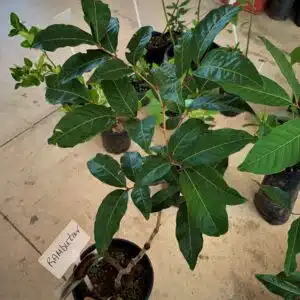
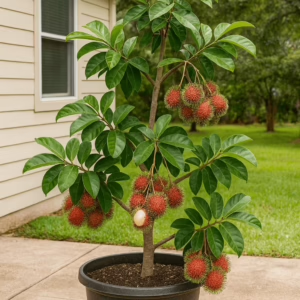
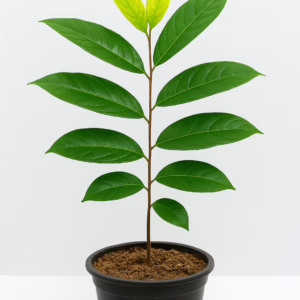
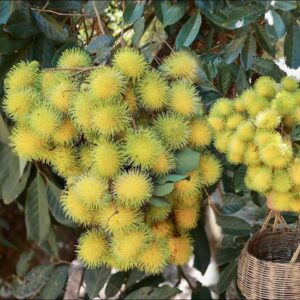
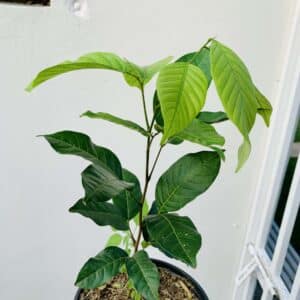
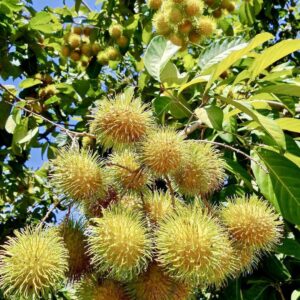
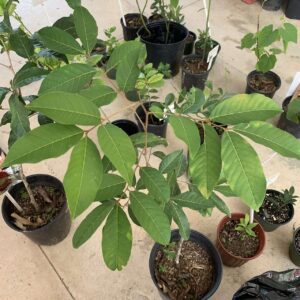
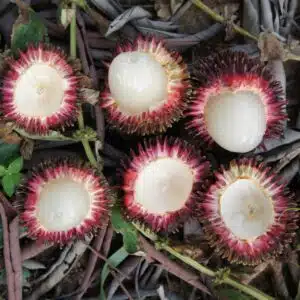
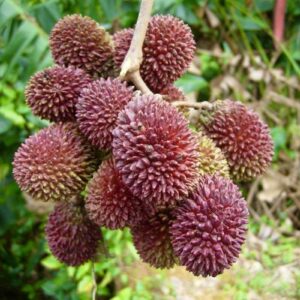
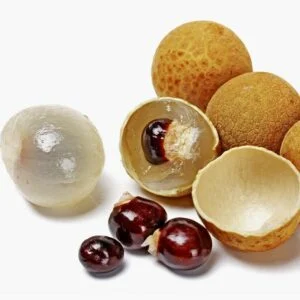
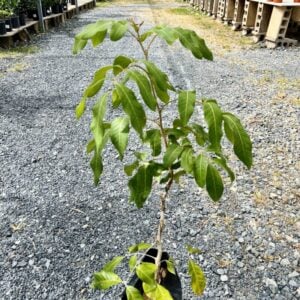


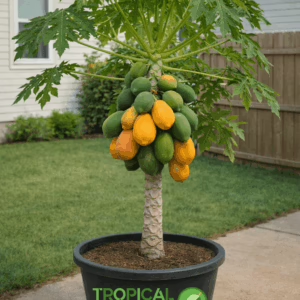





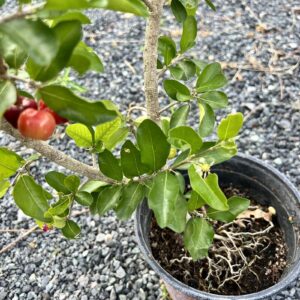
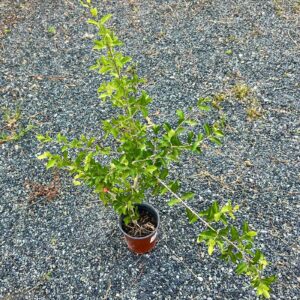




Reviews
There are no reviews yet.